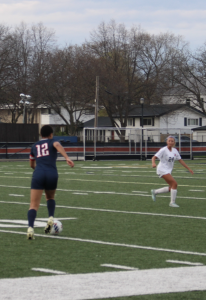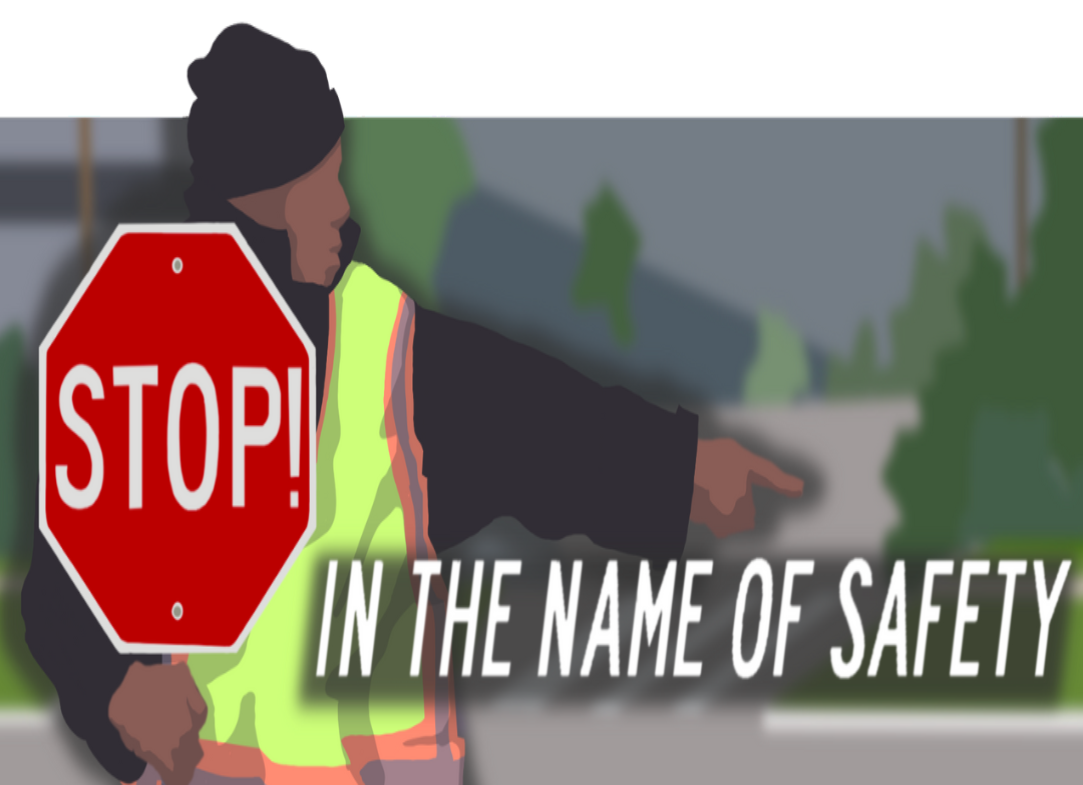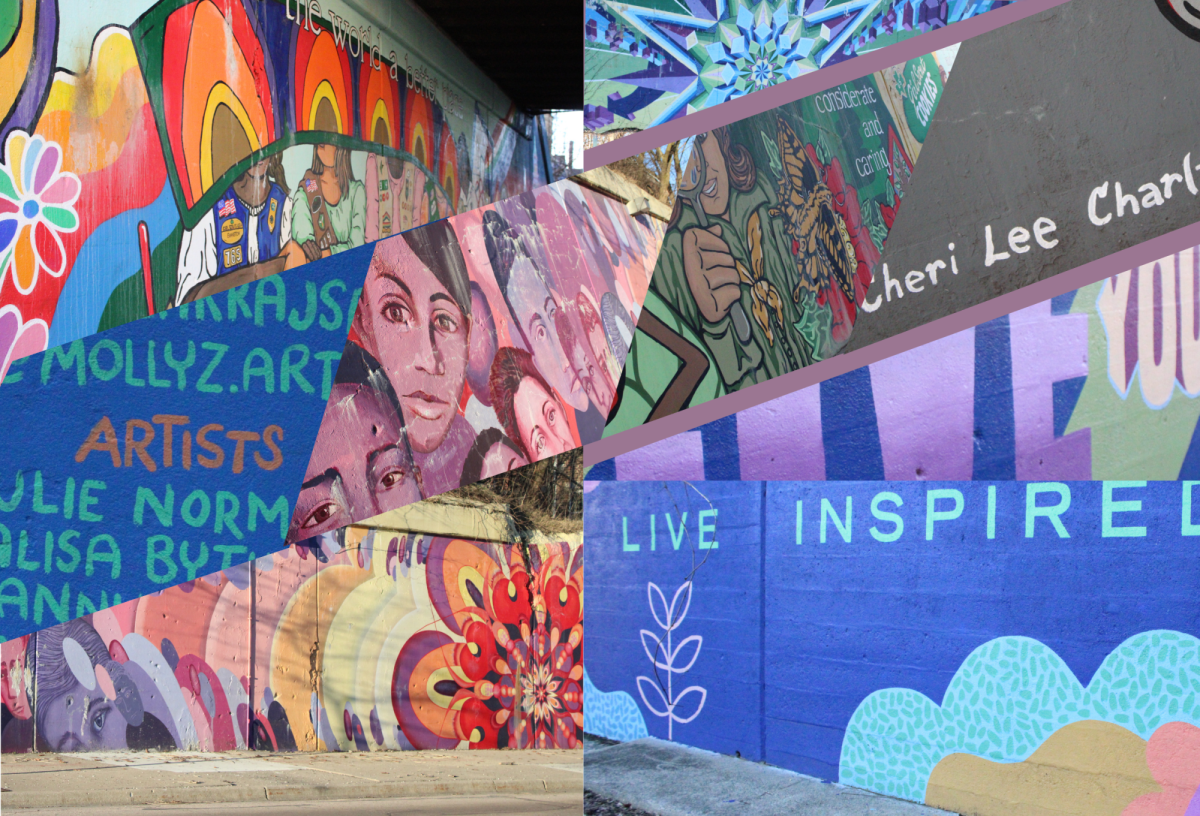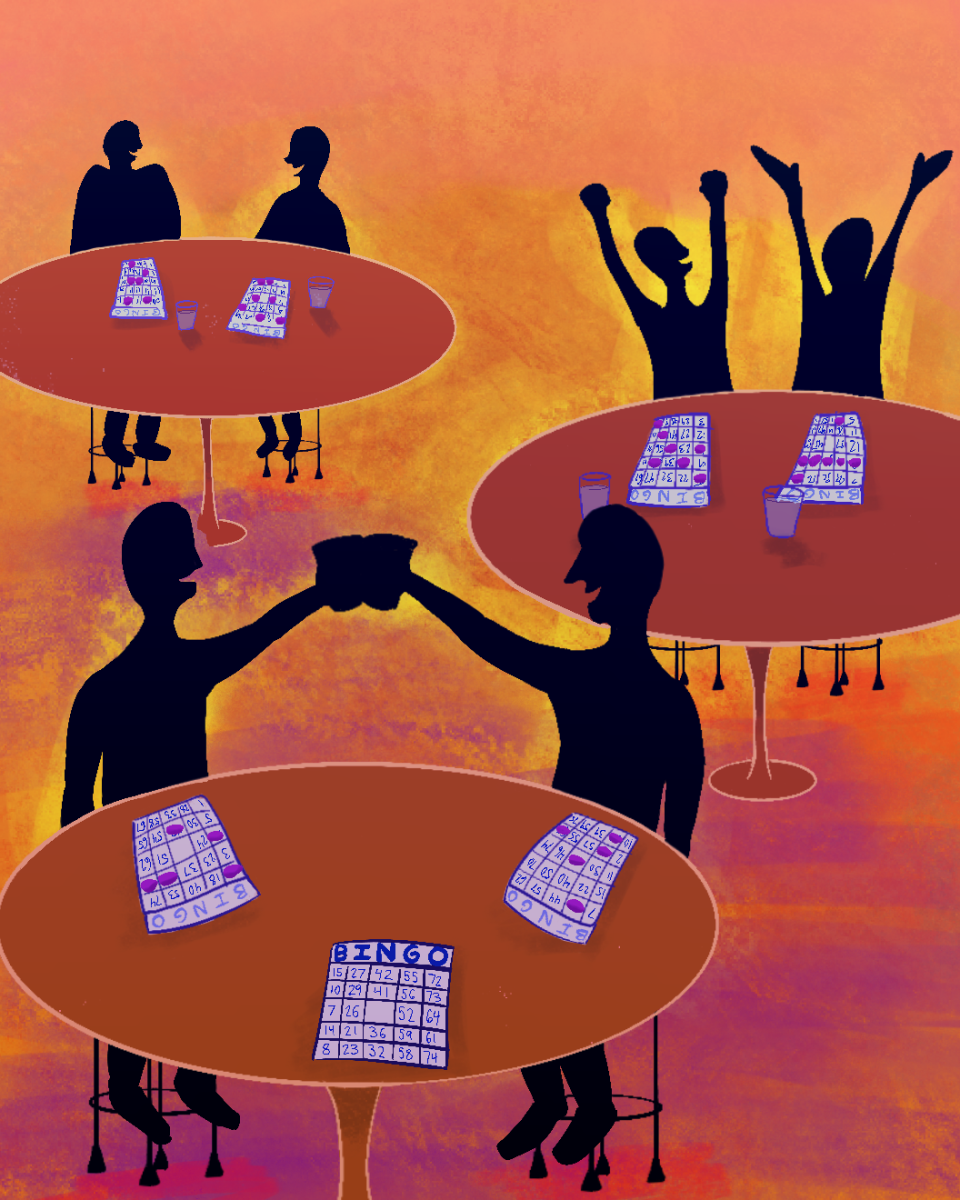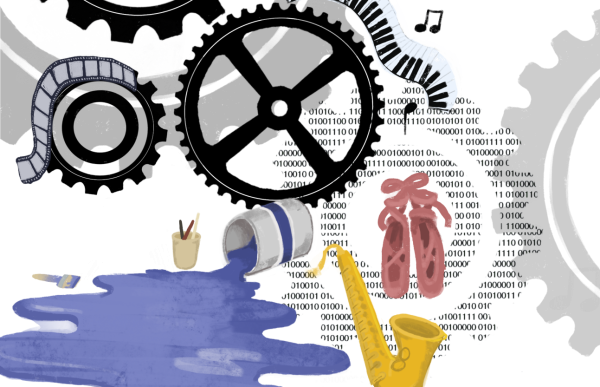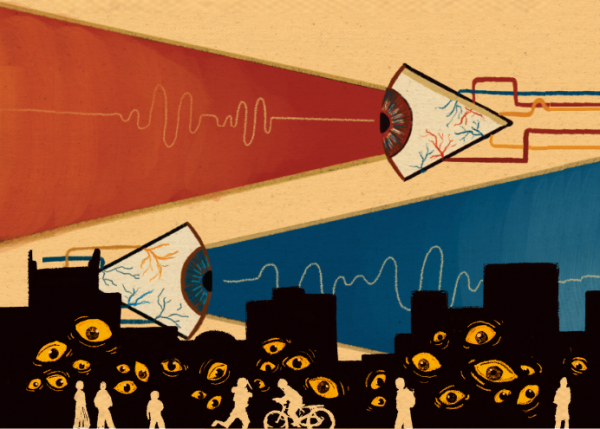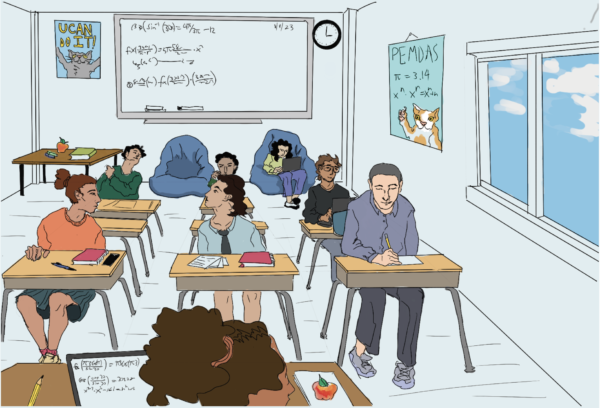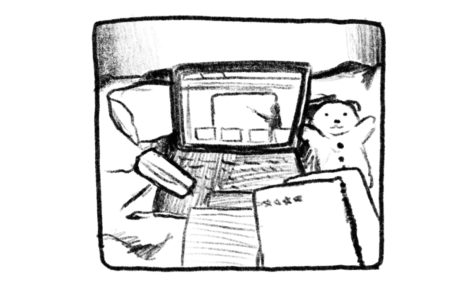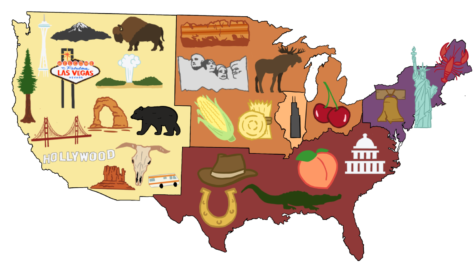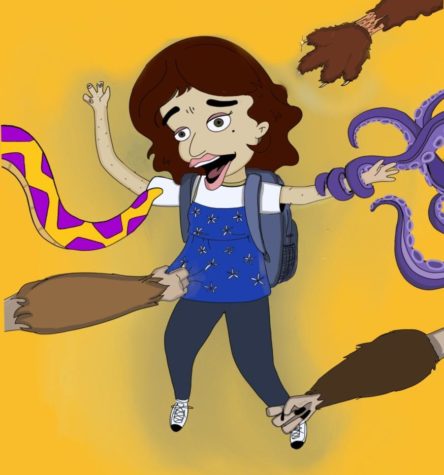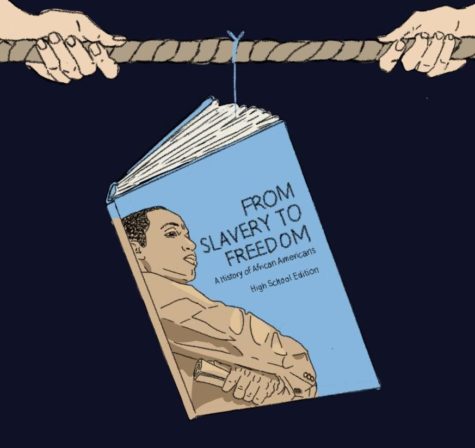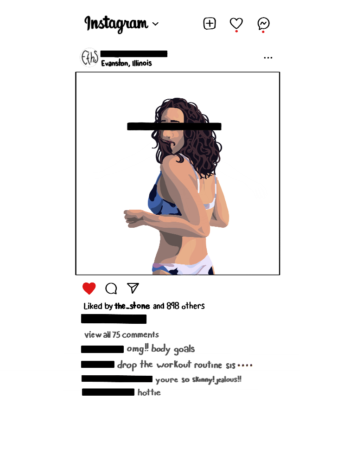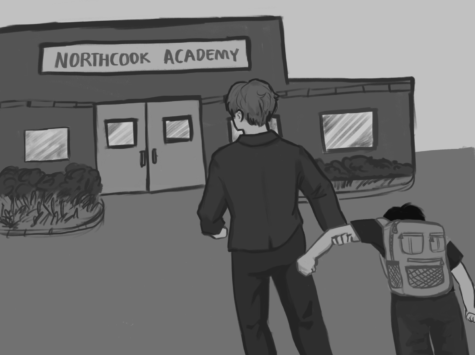Opinion: Recognizing the biases at work in the Evanstonian
May 4, 2018
Every time I walk into the Evanstonian room, I’m surrounded primarily by white faces.
This is not unusual (most of my AP and honors classes are filled with mostly white people), but it is not lost on me that either I or the two other black writers on the staff feel as if we have to speak out for the entire POC community. The Evanstonian is ETHS’s primary student news platform and it should be acknowledged that the staff might not represent the ETHS community as a whole. The Evanstonian staff spends a lot of time reporting on pressing issues concerning the ETHS community, but we rarely ever recognize our own biases.
I’ve been writing for the Evanstonian for the last two years. In these years, I’ve covered topics ranging from ETHS Theatre productions to “Black Panther,” the latter of which I was asked to write because of the film’s significance on the black community. I was approached to write this story because I am one of few on the Evanstonian staff who does not identify as white. Since a good portion of my pieces this year have focused on analyzing the shortcomings of the entertainment industry in terms of representation, I felt it only appropriate to take the same approach when considering the biases that influence the Evanstonian.
So, if the Evanstonian doesn’t represent the student body, who does it represent? According to the 2017-2018 school profile, 54.8% of students at ETHS identify as non-white and 41% come from low-income backgrounds. The Evanstonian writing staff in no way reflects these numbers. Of course, the topics covered in every issue are chosen very deliberately as we want to ensure all groups at ETHS are recognized, but something is lost in these stories when they’re told almost exclusively through the white, upper-middle-class perspective.
This is not necessarily the writers’ faults; the Evanstonian has been a primarily white publication since its’ inception and there are implicit biases present in all of our writing regardless of race, gender, sexuality, etc., but the Evanstonian is a school publication which means it has a responsibility to recognize these biases and try to minimize them as much as possible. This means inviting other voices to speak out and tell their stories for the entire school to hear. This also means making sure to check our own biases with each and every story, infographic, and photo. We’re only just beginning to do this which means we must do better, but it’s a start.


